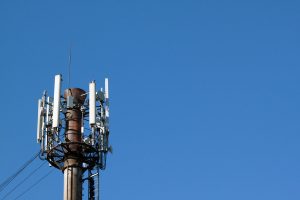Two years have passed since the Supreme Court held in Carpenter v. United States, 585 U.S. ___, 138 S.Ct. 2206 (2018), that the government carried out a Fourth Amendment search when it obtained historical cell site location information (CSLI) for the defendant’s phone from a wireless carrier. Relying in part on the view expressed by five concurring justices in United States v. Jones, 565 U.S. 400 (2012), that individuals have a reasonable expectation of privacy in the whole of their physical movements, the court determined that allowing the government access to at least seven days of historical cell-site records contravenes that expectation, even when the records are generated for commercial purposes and held by a third party.
The Carpenter majority characterized its decision as “a narrow one” and noted that it was not expressing a view on “real-time CSLI or ‘tower dumps,’” disturbing the traditional application of the third-party doctrine, or “call[ing] into question conventional surveillance techniques and tools, such as security cameras.” Id. at 2220. Dissenting justices, in contrast, characterized the court’s reasoning as “fractur[ing] two fundamental pillars of Fourth Amendment law,” and “guarantee[ing] a blizzard of litigation while threatening many legitimate and valuable investigative practices upon which law enforcement has rightfully come to rely.” Id. at 2247. (Alito, J., dissenting).
Lower courts have applied and distinguished Carpenter in a number of cases involving electronic surveillance and the obtaining of location and other types of information from third parties. This post, the first in a three-part series, summarizes post-Carpenter decisions relating to surveillance by pole camera and tower dumps. The second post in this series will examine post-Carpenter rulings on the obtaining of real-time surveillance through GPS or CSLI. The third post will consider the use of cell site simulators and the obtaining of other information about a person’s on-line activities or accounts from third parties. After reading all three, you can decide for yourself whether Carpenter’s progeny has bolstered the majority’s view of its limitations or has borne out the dissent’s warnings regarding its reach.